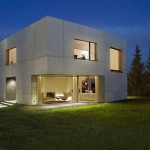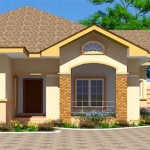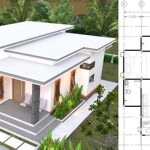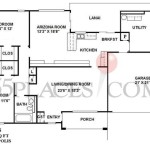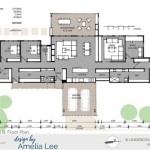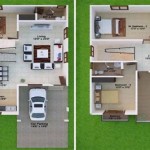Essential Aspects of Golf Clubhouse Plans
Planning a golf clubhouse is a complex task that requires careful consideration of several essential aspects. A well-designed clubhouse should not only provide a functional and comfortable space for golfers and guests but also enhance the overall experience of the golf course. Here are some key factors to consider when developing golf clubhouse plans:
1. Location and Site Planning
The location of the clubhouse is crucial in ensuring its accessibility to golfers and the optimal utilization of the site. Factors to consider include proximity to the course, ease of parking, and integration with the surrounding landscape. Proper site planning involves maximizing natural light, minimizing noise, and creating a cohesive architectural style that complements the golf course.
2. Function and Space Planning
The function and space planning of the clubhouse should cater to the needs of golfers and guests. Typically, a clubhouse includes various areas such as a pro shop, locker rooms, dining and bar facilities, meeting rooms, and administrative offices. Careful planning is essential to ensure efficient flow, adequate storage, and comfortable seating arrangements.
3. Architectural Design
The architectural design of the clubhouse should reflect the character and ambiance of the golf course. It should create a welcoming and inviting environment while maintaining a harmonious relationship with the surrounding landscape. Considerations include the choice of materials, exterior finishes, roofing style, and interior aesthetics.
4. Amenities and Facilities
Modern golf clubhouses offer a range of amenities and facilities to enhance the golfer's experience. These may include fitness centers, swimming pools, tennis courts, saunas, and massage services. Providing such amenities not only adds value to the membership but also creates an exclusive and comfortable atmosphere.
5. Sustainability and Environmental Considerations
In today's environmentally conscious world, it is important to consider sustainability in golf clubhouse plans. Incorporating green building practices, such as energy-efficient appliances, water-saving fixtures, and sustainable building materials, can reduce the environmental impact of the clubhouse while promoting the overall wellness of golfers and guests.
6. Accessibility and Inclusivity
Golf clubhouses should be designed with accessibility and inclusivity in mind. Adequate provisions should be made for wheelchair access, ramps, and accessible restrooms. Creating a welcoming and inclusive environment ensures that all golfers feel comfortable and respected.
7. Financial and Operational Considerations
The financial and operational aspects of golf clubhouse plans must be carefully assessed. The cost of construction, maintenance, and staffing should be considered along with the potential revenue streams and membership fees. Proper planning ensures the long-term financial viability and sustainability of the clubhouse.
G O L F C U B H S E D I N

New Golf Clubhouse Concept Unveiled Local News Somdnews Com

Clubhouse Plan Design Club House Luxury Floor Plans

Preliminary Design Package Mines Golf Course Clubhouse

Nmsu Golf Clubhouse Campbell Architecture

2024 Golf Clubhouse Peking Chris Mischke
G O L F C U B H S E D I N

Revamped Golf Clubhouse Design Unveiled Jamestown Press

Floor Plans How To Plan Club House

Jack Nicklaus Golf Club Yazdani Studio Of Cannondesign Archdaily

